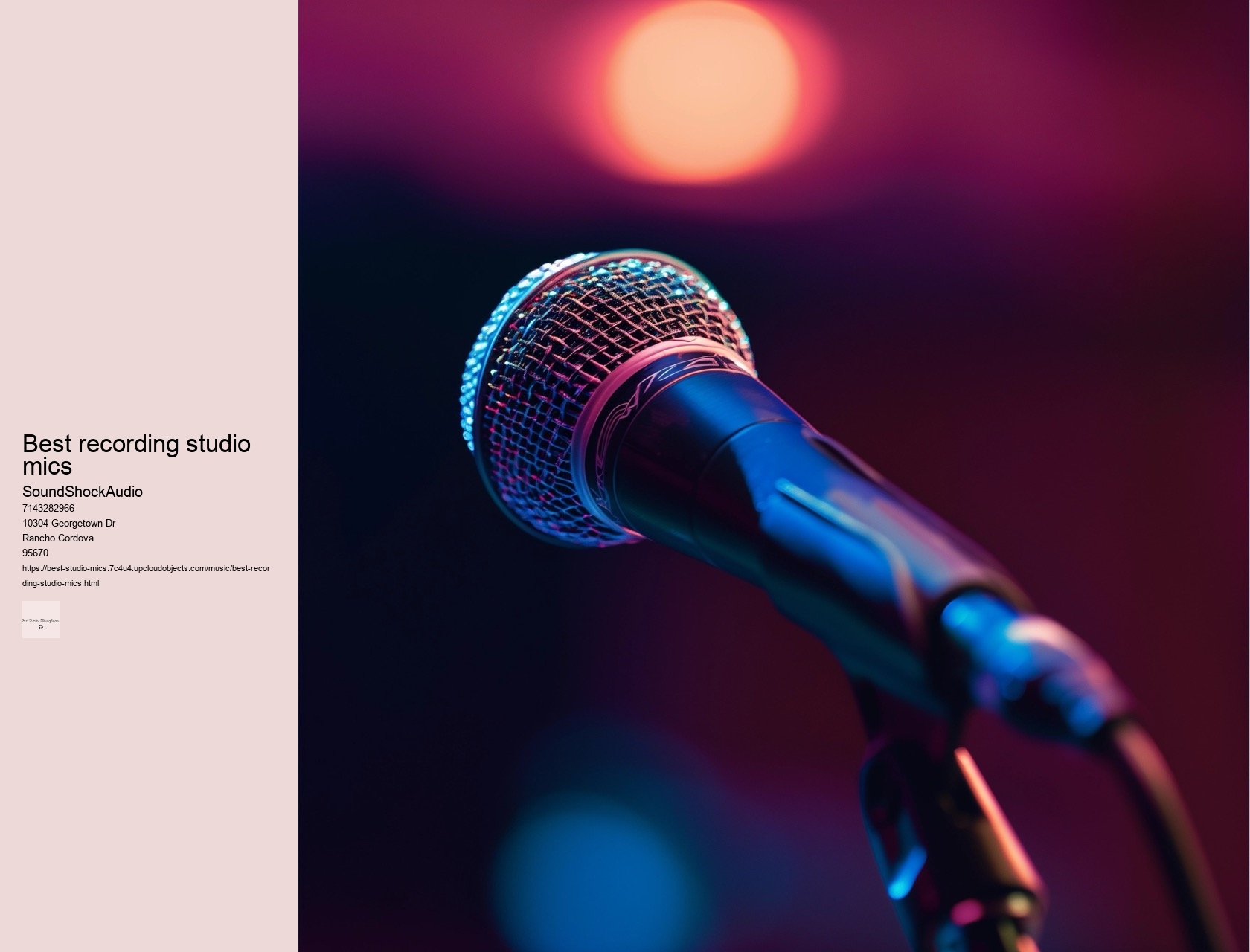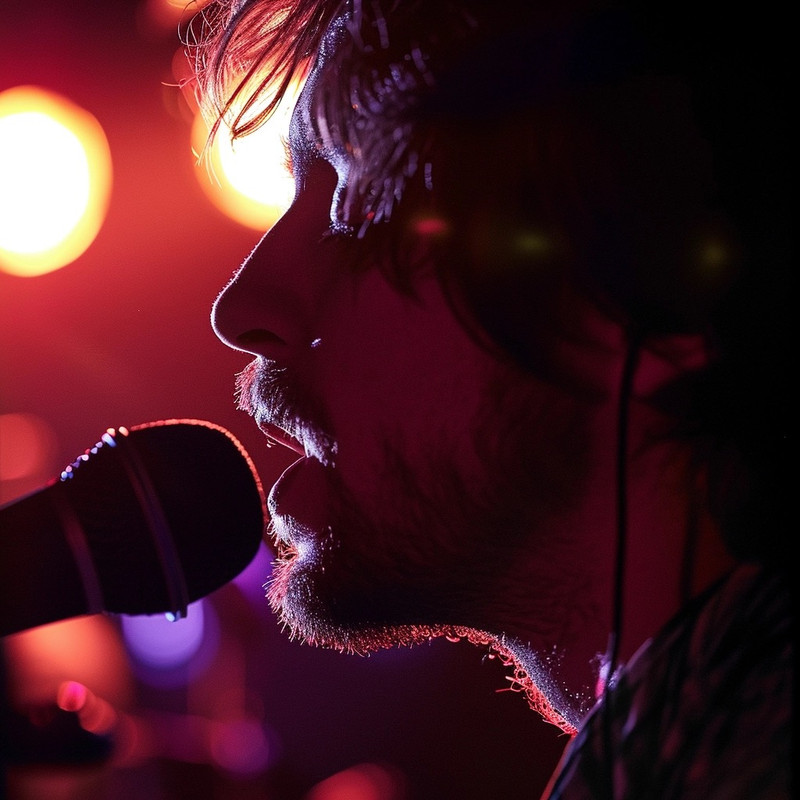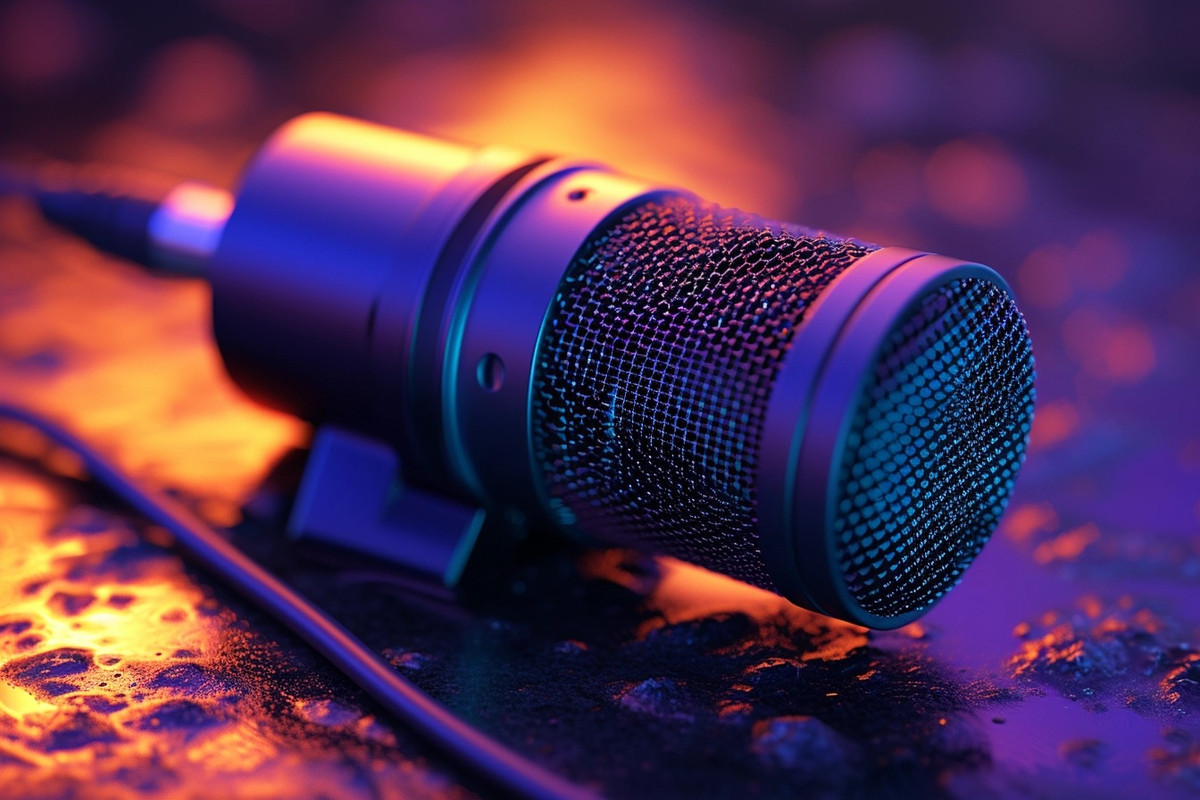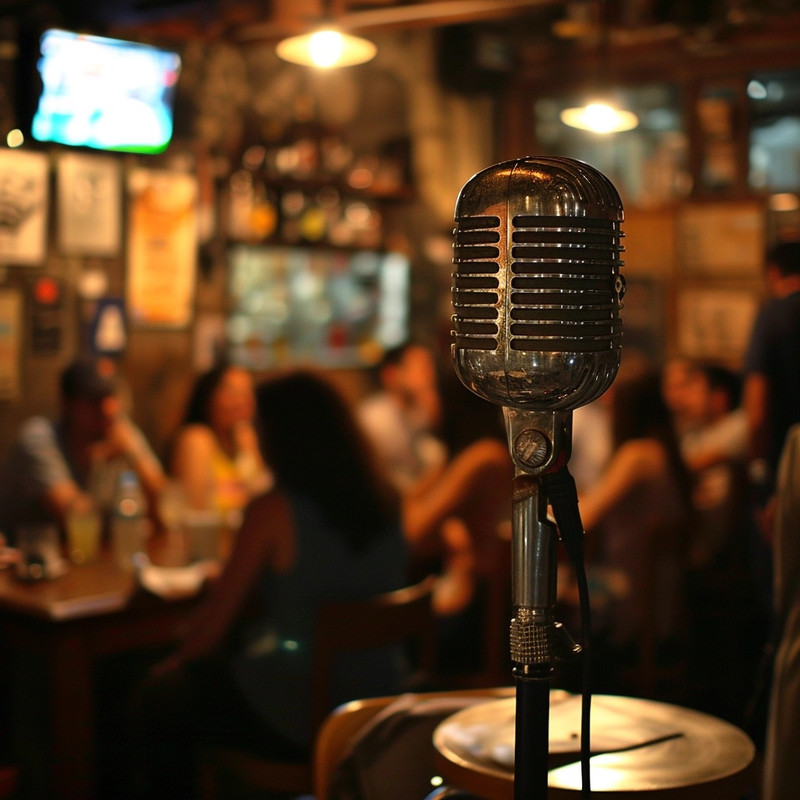

Connectivity too poses considerations; XLR connections remain industry staples due to their robustness and balanced signal transmission capabilities. Microphone outputs are notoriously feeble; their signals often resemble delicate breezes rather than mighty gusts needed for professional recordings. To find out which microphone to buy, check out the best studio microphones on SoundShockAudio.. Key Features of Top-Notch Studio MicrophonesWhen embarking on the quest for impeccable sound, delving into the domain of studio microphones is pivotal. Supercardioid microphones are more sensitive to sounds coming from the front, and have a smaller pickup field than cardioid microphones.
Cutting-edge microphones designed for these environments minimize background noise while ensuring speakers' voices are heard loud and clear. We can't pick just one or two to call 'the best.' Instead, we will highlight a few that impressed us.
You can own one for life if you buy it. In conclusion, selecting a studio microphone with appropriate connectivity choices can significantly elevate your recordings.
The cardioid pattern is akin to a focused beam of light, illuminating only what stands directly before it while shrouding peripheral noise in soft shadows.
It also has a tight, low-end, perfect for taming low-frequency instruments like double basses, kickdrums, and guitar cabs. The 47 FET was a huge hit in recording studios because it had the same sound as the 47 tube microphone, but with solid-state technology instead of valves. The one converts sound into electrical signals and the other does it in reverse. It is this device that deftly transforms analog brilliance into digital excellence, ensuring every subtle detail and dynamic expression is captured for posterity.
The 121, along with another mic in this list is the definitive guitar-cabinet microphone of the past 20 years. Conversely, distance creates space and airiness, often preferred for capturing natural acoustic instrument tones.
Elgato Wave: 3 has been used by musicians, podcasters and gamers. The C414 has been used by a number of artists in major studio productions.
However, even the most exquisite microphone can falter without its unsung heroes: preamps and audio interfaces.
Yet they also hold a valuable place in studio settings, particularly when recording instruments or vocals that require a warm, rich texture. Thus mastering microphone placement is less about following rigid rules but embracing an artful approach that weighs instrument characteristics against room attributes. This electrical signal travels along a cable and is sent to your recording interface, amplifier or desk. It can feel more natural to use it with your hand.
In podcasting, where the voice is often the sole vehicle for storytelling and engagement, clarity and warmth are essential. He is a video production expert with more than 15 years experience in podcasting.
The C636 is a design powerhouse, and its simple exterior in black, combined with its light weight, has earned it the title of 'Master Reference.' But, is this moniker deserved? Another advantage lies in their directional nature.
Moreover, consider diaphragm size: large-diaphragm condensers typically offer warmer tones perfect for voiceovers or singing; small-diaphragm ones provide more accurate representations of acoustic instruments' timbres.


However, they might not be the first choice when delicate nuances or higher frequencies are sought after due to their generally less detailed frequency response compared to condenser microphones. When diving into the realm of professional recording, one seeks a microphone that promises clarity and fidelity. For the home studio enthusiast yearning for professional-grade clarity without breaking the bank, large-diaphragm condenser microphones emerge as versatile stalwarts. The quick release cradle is beautifully designed and has a beautiful noise figure (more on that later).
Dynamic mics like the Shure SM7B have become studio staples, offering clarity without succumbing to harsh environments. Here we delve into some best practices that can transform your audio captures from amateurish to professional with just a few strategic adjustments.
Acoustic panels are designed to absorb unwanted echoes and reverberations that muddy your sound. This dynamic powerhouse is lauded for its remarkable ability to reject ambient noise while capturing rich vocal timbres, making it a favorite among podcasters and vocalists who demand broadcast-quality sound without the intrusion of extraneous sounds.
Imagine a finely crafted microphone as a sensitive artist, capable of capturing every nuance in a vocalist's performance or the subtle timbre of an instrument. It can be used on almost anything but is particularly effective on overheads and kicks. They have a clear and natural midrange and a top end that is open and natural. The output of a powerful sound system is worthless if it doesn't deliver, and in this case the sound does.
A second potential problem with the proximity effects is that people are hopeless when it comes to consistently speaking into a mic from the same distance. These are not mere hues; they are tools to sketch audio landscapes.
Before you look at our list, make sure that you know the differences between microphone types. The British Broadcasting Company launched the 4038 microphone in 1952, after years of development and testing.

This harmonious integration paves the way for pristine recordings that stand shoulder-to-shoulder with industry standards—allowing artists to not only capture their creative visions but to broadcast them with unparalleled definition and authenticity. A very short list includes Freddie Mercury and The Police. Durability cannot be overlooked either; high-caliber microphones endure rigorous use while maintaining sonic integrity over time. FET circuitry is also a significant cost-saving.
Selecting from dynamic, condenser, or ribbon microphones depends on one's specific needs: whether durability trumps sensitivity (dynamic), whether capturing minute details is crucial (condenser), or if warmth and authenticity define your ideal sound (ribbon).
Yes, this stuff is useful at times, but you should always ask yourself if it works. This versatility makes it suitable for everything from intimate vocal sessions to room-filling orchestral recordings; however, its sensitivity might not be ideal in exceedingly loud environments. The C12 is a very similar product, but there are some notable differences. The best recording microphones by RODE, Shure and Audio-Technica are covered!
Cardioids excel in isolating sounds from one direction but beware of rear lobe sensitivity in supercardioids that may catch unwanted reflections. Another contender, the AKG C414 XLII, offers multiple pickup patterns and a slightly elevated high-frequency response ideal for acoustic instruments' detail retrieval.
Moreover, technological advancements have brought USB microphones to the forefront as well due to their convenience in connectivity and portability. Singers often benefit from this setup, with a microphone placed slightly above their mouth angled downward, ensuring breaths don't collide directly with the diaphragm causing unwanted pops or hisses.
It captures the dynamics between quiet and loud and the harmonics unique to a valve amplifier.
Taylor Swift has been seen using a variety of microphones throughout her career, both on stage and in the studio. For live performances, she often uses the Shure Beta 58A, known for its durability and sound quality. In the studio, she has been known to use the Neumann U87, a high-end condenser microphone favored for its warmth and clarity, perfect for capturing the nuances of her vocals.
Whitney Houston, known for her powerful and emotive voice, often recorded with high-quality studio microphones. One of the microphones she famously used is the Neumann U87, renowned for its versatility and ability to capture the nuances of vocal performances with clarity and detail. This microphone is a favorite among many professional recording artists and engineers for its warm sound and reliability.
In professional audio, condenser microphones and dynamic microphones are commonly used. Condenser microphones are favored for their sensitivity and wide frequency response, making them ideal for studio recording and capturing vocals and acoustic instruments. Dynamic microphones, on the other hand, are known for their durability and ability to handle high sound pressure levels, making them suitable for live performances and recording louder sources like drums and electric guitars.
Paul McCartney has been seen using a variety of microphones throughout his career, both on stage and in the studio. Notably, he has frequently used the Shure SM58 for live performances, a microphone renowned for its durability and sound quality. In studio settings, he has been known to use the Neumann U47, a vintage microphone prized for its warmth and clarity.
Frank Sinatra famously used the Neumann U47 microphone in the studio for many of his recordings. This microphone is renowned for its warmth and clarity, which helped in capturing the rich tones of Sinatra's voice, contributing significantly to the iconic sound of his music.
The choice between a dynamic or condenser mic for vocals depends on the specific needs and environment. Condenser mics are generally preferred for studio recordings due to their sensitivity and ability to capture a wide range of frequencies and nuances in vocals. Dynamic mics, on the other hand, are more durable and better suited for live performances where background noise and feedback rejection are important.